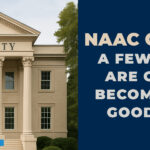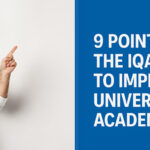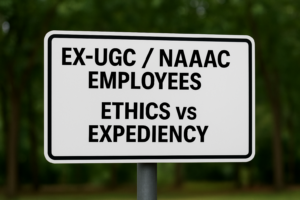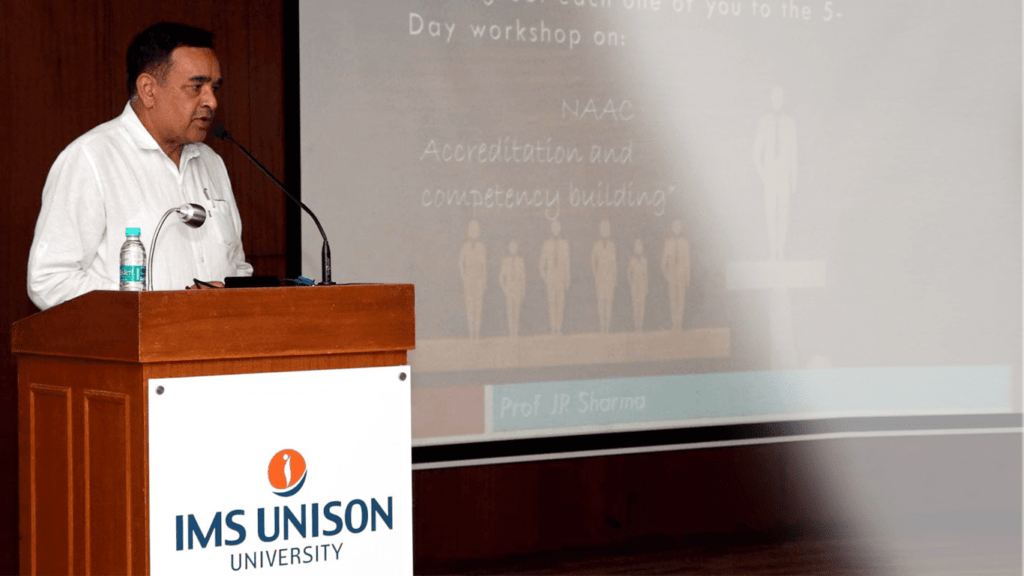Fittingly, accreditation of programs of institutes by the National Board of Accreditation (NBA) should ordinarily be the first choice of the institutes, at least by those who are not category 1 institutes, mandated by MHRD. After all, an institute is majorly, a sum total of its programs plus central facilities. What roots are to a tree, so is NBA to National Assessment and Accreditation Council (NAAC). If roots are weak or rotten, the evaluation of strength of tree from the stem upwards would be a meaningless exercise and perhaps, flawed. Realistically, Commission should insist upon institutes to get at least 50% of their programs accredited for NBA before applying for the NAAC accreditation. Imagine, a university with over 150 programs, each having unique Program Education Objectives, all bundled together with a common string of generic NAAC criteria for an institute’s assessment. It is an impossible to fathom the strength/weakness of programs, the true inner strength of an institute. Be calm on thy nerves, the two cousins are going to remain separated in the near future, given the speed of ongoing reforms.
Thanks to the NBA leadership, the importance of NBA accreditation has not been allowed to be eclipsed by the all-powerful NAAC. If programs are sound and accredited for 6 years, an institute by default stands recognized as Category-1 institute, equivalent to NAAC A+ grade. NBA-accredited institutes can enhance their intake and/or add programs and run twinning programs with foreign universities. It permits PGDM institutes to go for MBA equivalence through AIU. A top NBA grade puts institute into category-1 of institutes that opens up plethora of opportunities including, but not limited to research funding, freedom to expand and grow, and securing autonomy from frequent approvals etc. It paves way for becoming autonomous institute. In addition, students passing out from the Tier-1 NBA accredited institutes have their degrees equivalence in countries signatory to Washington Accord and thus admissions for postgraduate degrees in foreign universities and colleges in USA and other signatory countries is seamlessly enabled.
Concluding, if institutes wish to leverage accreditation process to build strong foundation for their institutes, implement global best practices specific to the programs, and prepare for bigger challenges such as foreign accreditations and national/international ranking, they should start with NBA accreditation- a stepping stone to bigger leaps. No big building can exist for long on a weak foundation.
Prof JR Sharma is an expert in accreditation and global best practices in engineering and management. The views expressed are personal.












